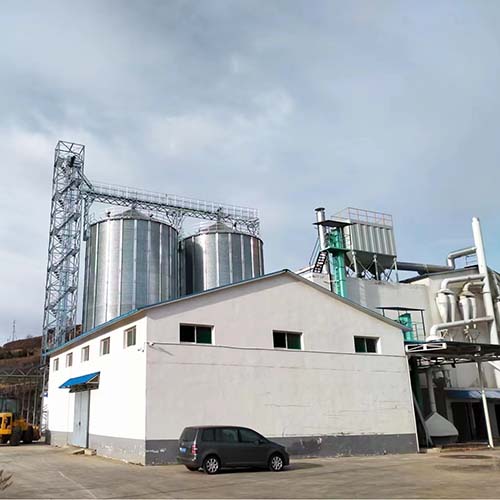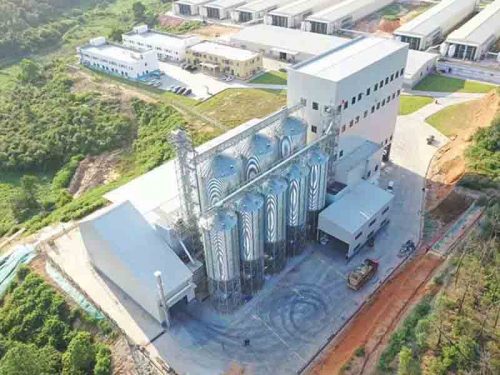In the grain storage sector, corn cone bottom silos are widely used for their efficiency and cost-effectiveness. Understanding the corn cone bottom silo price and its influencing factors is crucial for investors and buyers.
Silo prices are affected by various factors. Here is a detailed analysis of market trends:
Impact of Supply and Demand
As global food demand grows, corn, a key crop, sees increased storage needs. The rising demand for corn cone bottom silos drives up prices. This is especially true in high-yield agricultural regions like the U.S., Brazil, and China, where demand is particularly strong.
Technological Advancements and Cost Changes
Technological progress significantly impacts corn cone bottom silo price. New materials and manufacturing processes enhance silo performance and lifespan but may increase production costs. Additionally, the integration of intelligent management systems affects prices, as these systems improve storage efficiency and security.

Understanding the factors affecting silo prices helps make better investment and purchasing decisions.
Material Costs
Material costs are a major factor influencing corn cone bottom silo price. Fluctuations in steel prices directly affect manufacturing costs. Different suppliers may use varying materials and manufacturing processes, impacting prices.
Capacity and Specifications
The capacity and specifications of corn cone bottom silos vary, leading to different prices. Generally, larger and higher-specification silos are more expensive due to the increased materials and complex manufacturing processes required.
Additional Features and Services
Features like intelligent management systems and automated loading/unloading systems increase silo costs but also improve efficiency and security. Additionally, after-sales service and technical support provided by suppliers influence prices.

When investing in corn cone bottom silo, consider factors beyond price:
Long-term Investment Return
While high-quality silos have higher initial costs, their low loss rates and high efficiency can save companies significant costs in the long run, increasing the return on investment. Therefore, when assessing prices, consider long-term returns.
Maintenance and Operating Costs
Maintenance and operating costs are important when choosing corn cone bottom silos. Quality silo design reduces maintenance needs and lowers operating costs, enhancing overall economic benefits.
Environmental Adaptability and Sustainability
The environmental adaptability and sustainability of corn cone bottom silos also affect their investment value. Choosing silos with good environmental performance and energy-saving designs not only reduces environmental impact but also meets sustainability requirements.